Tips for repairing your old plaster walls?
SaintPFLA
14 years ago
Related Stories
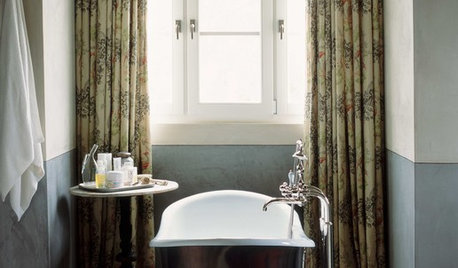
WALL TREATMENTSSurface Smarts: Venetian Plaster
Centuries-old Venetian plaster has made a roaring comeback in modern interiors. Could this old-world wall favorite work in your home?
Full Story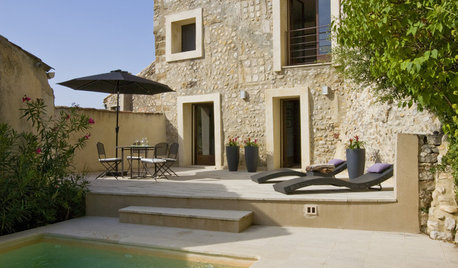
MODERN HOMESHouzz Tour: 800-Year-Old Walls, Modern Interiors in Provence
Old architecture and new additions mix beautifully in a luxurious renovated vacation home
Full Story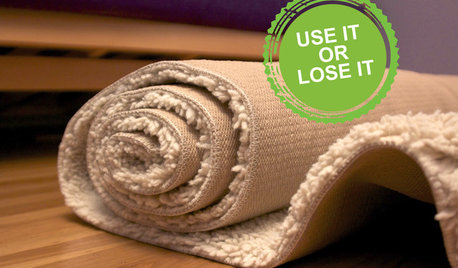
DECORATING GUIDESLose It: 4 Ways to Get Rid of Your Old Carpet
Try one of these earth-friendly tips before stuffing your dingy carpet or rug in the trash
Full Story
BATHROOM TILEQuick Fix: Repair Cracked Bathroom Grout
Banish an eyesore and safeguard your bathroom from water damage in 30 minutes or less with this DIY repair
Full Story
DISASTER PREP & RECOVERYRemodeling After Water Damage: Tips From a Homeowner Who Did It
Learn the crucial steps and coping mechanisms that can help when flooding strikes your home
Full Story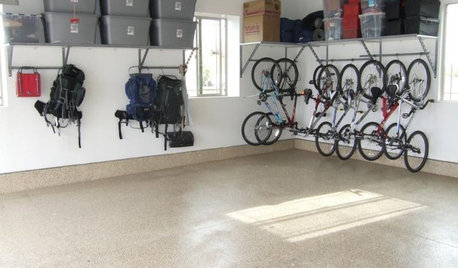
MOST POPULARGarage Cleaning Tips for the Overwhelmed
Don’t let this catch-all space get the better of you. These baby steps can get you started
Full Story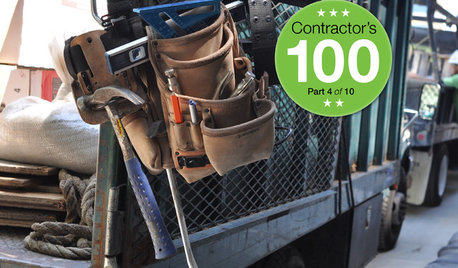
REMODELING GUIDESContractor Tips: What Your Contractor Really Means
Translate your contractor's lingo to get the communication on your home project right
Full Story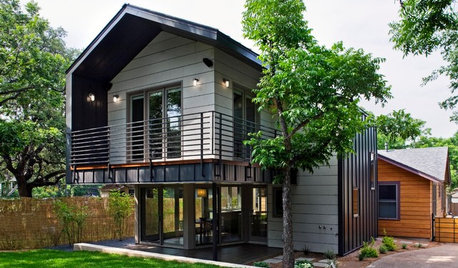
CONTRACTOR TIPSContractor Tips: 10 Home Areas That Likely Need a Pro
Safety, less cost and better aesthetics on a home improvement project may rest in the hands of an expert
Full Story
REMODELING GUIDESThe Hidden Problems in Old Houses
Before snatching up an old home, get to know what you’re in for by understanding the potential horrors that lurk below the surface
Full Story
REMODELING GUIDESContractor Tips: Smooth Moves for Hardwood Floors
Dreaming of gorgeous, natural wood floors? Consider these professional pointers before you lay the first plank
Full Story









brickeyee
SaintPFLAOriginal Author
Related Professionals
Lebanon Home Remodeling · Knoxville Kitchen & Bathroom Designers · New Castle Kitchen & Bathroom Designers · 20781 Kitchen & Bathroom Remodelers · Apex Kitchen & Bathroom Remodelers · Beverly Hills Kitchen & Bathroom Remodelers · Brentwood Kitchen & Bathroom Remodelers · Camarillo Kitchen & Bathroom Remodelers · Elk Grove Kitchen & Bathroom Remodelers · Londonderry Kitchen & Bathroom Remodelers · Lynn Haven Kitchen & Bathroom Remodelers · Walnut Creek Kitchen & Bathroom Remodelers · Forest Hills Kitchen & Bathroom Remodelers · Euless Architects & Building Designers · Saint James Architects & Building Designersbrickeyee
SaintPFLAOriginal Author
SaintPFLAOriginal Author